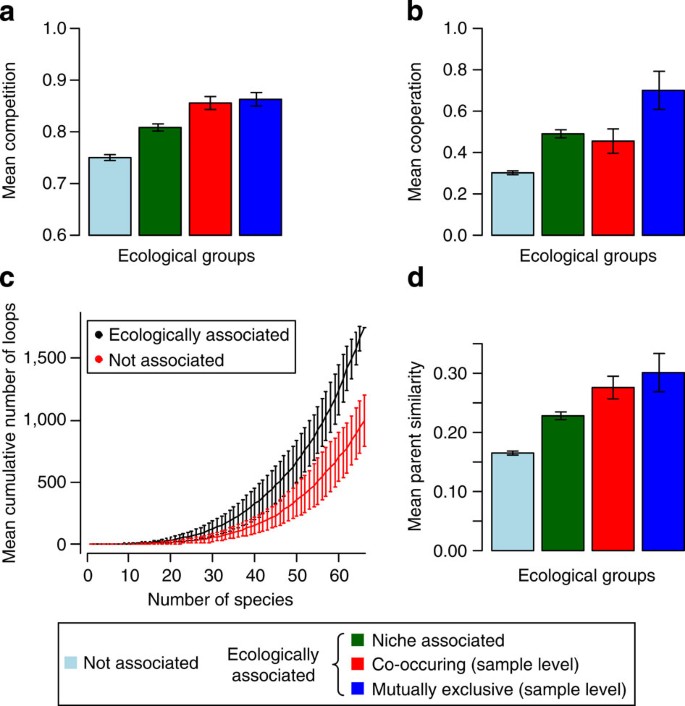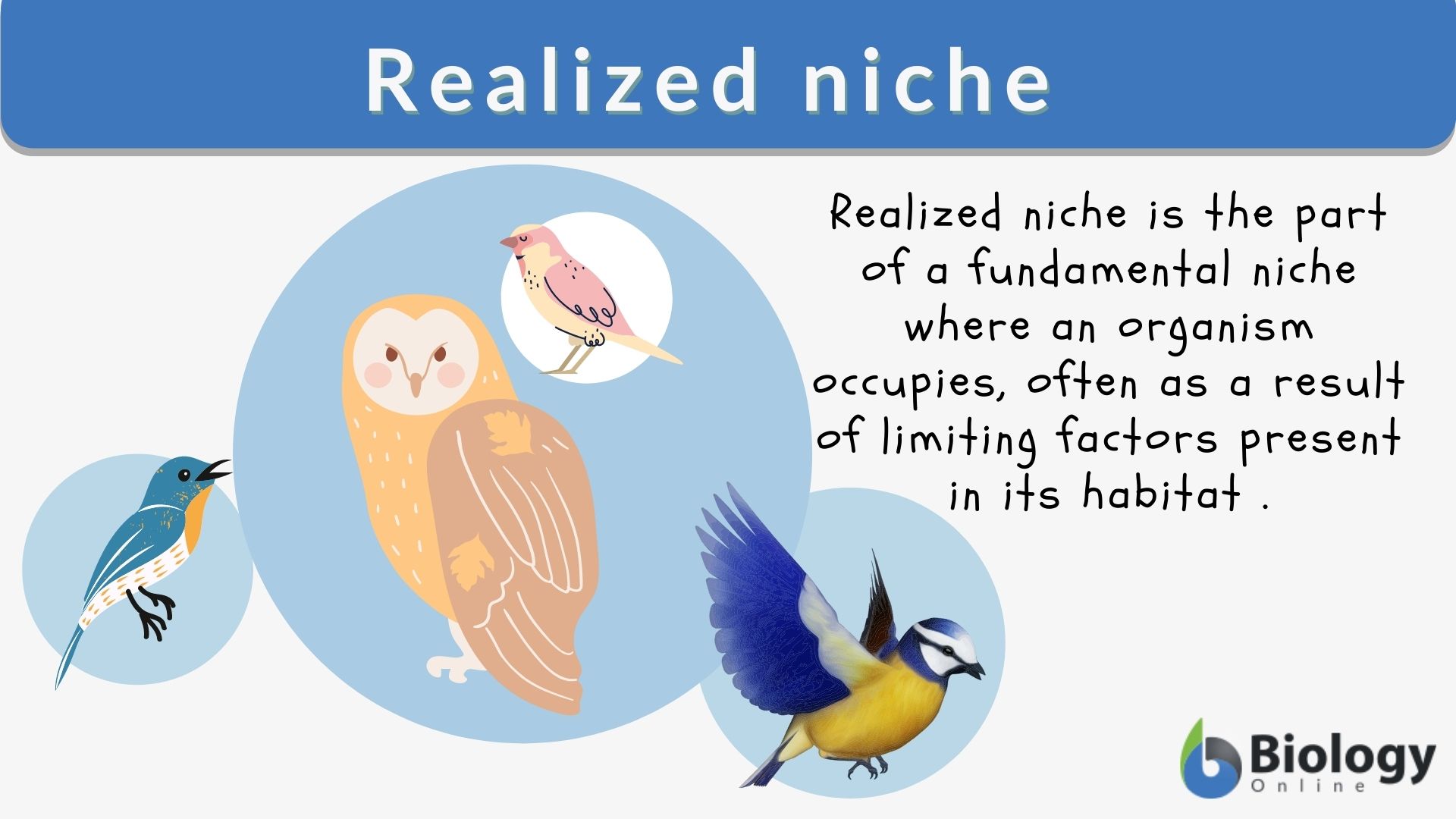


The major and practical theories are based on mathematical models like the Lotka-Volterra models of competition, also called predator-prey equations. feeding, nesting) compete, one will persist while the other will go locally extinct: Species cannot coexist on a single shared, limiting resource & Exclusion is the natural OUTCOME of competition. The theory of the competitive exclusion principle is based on various theories.

When two species with identical ecology (e.g. What is the major difference between competitive exclusion and local extinction? In an environment in which several species are competing for a single resource, the superior competitor eventually will extirpate the others. People also ask, why does competitive exclusion occur?Ĭompetitive exclusion occurs because only one species can be the superior competitor for a single limiting resource. Competitive exclusion (CE) is based on the administration of non-pathogenic bacterial culture to promote microbial competition and thus reduce colonisation or decrease populations of pathogenic bacteria in the gastrointestinal tract (Callaway et al., 2004). A famous example of the competitive exclusion principle is shown in the figure below, which features two types of single-celled microorganisms, Paramecium aurelia and Paramecium caudatum.Īdditionally, what is competitive exclusion in microbiology? Competitive exclusion. The competitive exclusion principle tells us that two species can't have exactly the same niche in a habitat and stably coexist. Subsequently, one may also ask, what is an example of the competitive exclusion principle? The competitive exclusion principle, sometimes referred to as Gause's Law of competitive exclusion or just Gause's Law, states that two species that compete for the exact same resources cannot stably coexist.


 0 kommentar(er)
0 kommentar(er)
